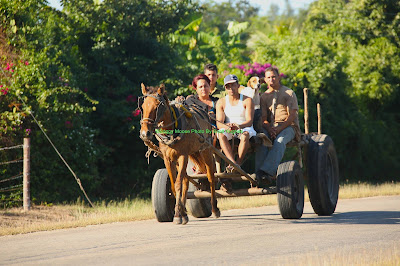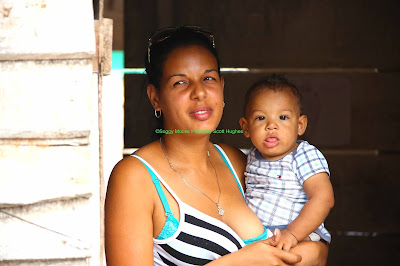12/11
Cienfuegos and Bay of Pigs
As this day was an early start for some of us to do some birding I will post the CV of one of the naturalists.
Mike Greenfelder
Naturalist/ Photo Instructor
Mike learned early on that the best way to escape Ohio was to become a marine biologist. During college at Wittenberg University he attended a semester at Duke University's Marine Lab — that time only confirmed his love for all things oceanic and maritime. After graduation, Mike promptly moved to Catalina Island in California where he taught marine biology to school kids. Since 1999, Mike has been working and traveling chasing his three loves: marine critters, photography, and birds.
Before joining Lindblad Expeditions-National Geographic, Mike spent one and a half years as the resident biologist at the Jean-Michel Cousteau Fiji Islands Resort, a renowned vacation destination in the South Pacific. His days were filled with a great combination of guest education, research, environmental projects, and local school children education. Mike has also worked in the Amazon of Peru and Ecuador, the Pribilof Islands of Alaska, the cloud forest of Costa Rica, and the kelp forests of Victoria, Australia. When not working, Mike enjoys underwater photography, searching for endemic birds, and sunset chasing.
He received his Photo Instructor certification in a multi-day training workshop. Developed and taught by National Geographic and Lindblad Expeditions photographers, the workshop helped him develop additional insight and skills necessary to help you better understand your camera and the basics of composition—to better capture the moments at the heart of your expedition.
Mike is a wealth of birding information.
We were up and at um at 0500 and cleaned up and had breakfast with a departure at 0600 for the Zapata National Park. Here we did a walkabout finding several birds. The birds were very skittish and the forest was dark.
While we were driving to Zapata National Park we came upon a tractor pulling two large wagons and they were spreading something on the road. As we got closer we learned they were placing rice on the highway so as to dry. Later in the day they would return and collect the dried rice.
The Bay of Pigs is a name derived from the days of sea faring traders. It was in this bay where there was an abundance of pigs. They would stop here for supplies and lay on stores of pork, called bucan, where the meat is cut into long strips and smoke. These seafarers who ate this bucan, became know as buccaneers. The real name for this area is Playa Giron.
After this we went to the Bay of Pigs Museum. The Cuban perspective is interesting and is very understandable. The revolution had passed and people in the area of the Bay of Pigs had gone from great poverty to now having a much better lifestyle under the new Castro government. Thus the anticipated provincial support expected for the invaders wanting to free Cuba from Castro did not get the anticipated support.
From there to the Hummingbird house got to see several hummingbirds including the Bumble bee and Cuban Emerald Humming birds.
The we went to the Tiki Bar on the Bay of Pigs and had lunch, Lynn had a crab salad and I had roast pork, there was a great soup and a candied fruit for dessert. Yes Coffee. After lunch the Superintendent of Zapata National Park spoke to us about the problems his park faces. The water level in Playa Giron has risen 2 inches in recent years and there is the invasion of Lion Fish.
We then went to a artist center where was I lucky to get back to a person who was cutting wood for furniture, I was able to purchase some Sopilillia Wood, this is a common wood used for pillars in the construction of the houses.
Then was the artist community where persons trained in Art, Dance, and music, we had short concert presentations.
Dump trucks as taxis, horse drawn taxis, known as Cuban Camels were abundant.
Here is a fun with Flags info :
Cuban Flag, the three blue stripes are for the three main areas of Cuba, East, Central, and West, united by the the white stripes the red triangle stands for equality, fraternity and freedom and for the blood which was shed to gain independence, the white star symbolizes the absolute freedom of the Cuban people.
Termite Tunnel
Taxi
Cuban Emerald Hummingbird
Drying the rice
Bumblebee Humming bird 2" tall
Cuban Emerald
Getting fish to the kitchen
Tiki Bar is Open
Furniture maker from whom I got my wood
His wife and baby.






















No comments:
Post a Comment